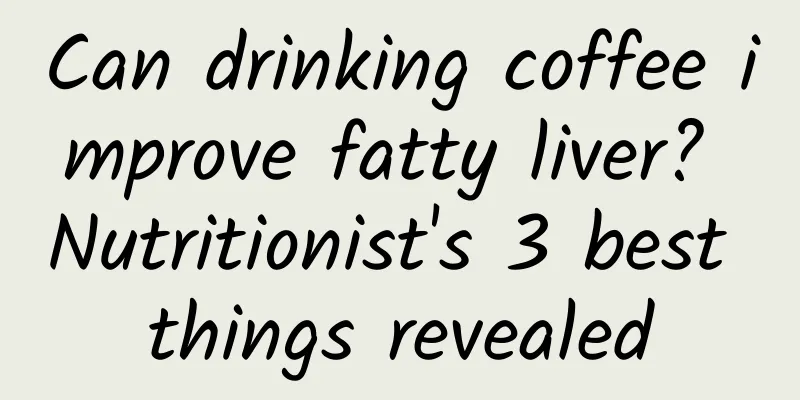How to treat cervical inflammatory disease

|
Cervical inflammatory disease is an inflammation of the cervix caused by a variety of reasons. Common symptoms include abnormal vaginal discharge and lower abdominal pain. Treatments include medication, physical therapy, and surgery. The specific choice depends on the cause and severity of the disease. 1. Drug treatment Drug treatment is a common method for cervical inflammatory diseases and is suitable for mild to moderate inflammation. Commonly used drugs include antibiotics, antifungal drugs and antiviral drugs. Antibiotics: such as azithromycin and doxycycline, suitable for cervicitis caused by bacterial infection. Antifungal drugs: such as fluconazole and clotrimazole, are suitable for cervicitis caused by fungal infection. Antiviral drugs: such as acyclovir, suitable for cervicitis caused by viral infection. 2. Physical therapy Physical therapy is used for patients who do not respond well to medication or have more severe conditions. Common methods include laser therapy, cryotherapy, and microwave therapy. Laser therapy: Laser therapy burns diseased tissue to promote healing. Cryotherapy: Use low temperatures to freeze diseased tissue, causing it to necrotize and fall off. Microwave therapy: Improve local blood circulation and promote the disappearance of inflammation through microwave thermal effect. 3. Surgical treatment Surgical treatment is suitable for patients with cervicitis combined with severe lesions or recurrent attacks. Common surgical methods include cervical conization, cervical loop excision and hysterectomy. Cervical conization: removal of cervical diseased tissue, suitable for cervical intraepithelial neoplasia. Loop electrosurgical excision procedure: The diseased tissue is removed through an electrosurgical loop, which is suitable for cervical erosion or polyps. Hysterectomy: Suitable for patients with cervicitis and other severe uterine lesions. The treatment of cervical inflammatory diseases requires choosing the appropriate method according to the cause and condition, while paying attention to personal hygiene and regular check-ups to avoid recurrence. If symptoms persist or worsen, seek medical attention in time to avoid delaying the condition. |
<<: Abnormal vaginal discharge after cervical laser surgery
>>: How to treat abnormal leucorrhea in daily life
Recommend
8 benefits of strength training to help lose weight that you must know
When it comes to strength training, most female f...
How to treat uterine fibroids? How to treat uterine fibroids?
Uterine fibroids are a common benign tumor of the...
Where can I get massage to treat irregular menstruation?
Menstrual disorders are also called irregular men...
Dietary precautions for cervical erosion
As long as women have sex, more than 80% of them ...
Smart weight loss! First understand the mechanism of ATP turning into fat
People need to eat and maintain life by convertin...
Beware of ovarian tumors when amenorrhea occurs
Ovarian tumors refer to tumors that occur on the ...
Is it normal for a 42-year-old woman to have light menstrual flow?
Is it normal for a 42-year-old woman to have ligh...
Understand the specific treatment measures for ovarian cyst disease
The harm caused by ovarian cysts to everyone make...
Can I get injections for dysmenorrhea? What are the side effects of injections for dysmenorrhea?
Dysmenorrhea has different symptoms, and if the d...
What are the effective measures to prevent vaginitis?
How to prevent vaginitis? I believe this is a big...
Possible causes of uterine fibroids
Many women are asking: "What are the causes ...
Beautiful wife Sui Tang shares 3 tips for beautiful skin
Sui Tang attended a gym endorsement press confere...
How many days does bleeding last after medical abortion? Let’s take a look
We know that one of the most worrying issues afte...
How to pay attention to details to prevent dysmenorrhea
Dysmenorrhea is a gynecological disease, and many...
Is cervical erosion hereditary?
Cervical erosion is a common gynecological diseas...









